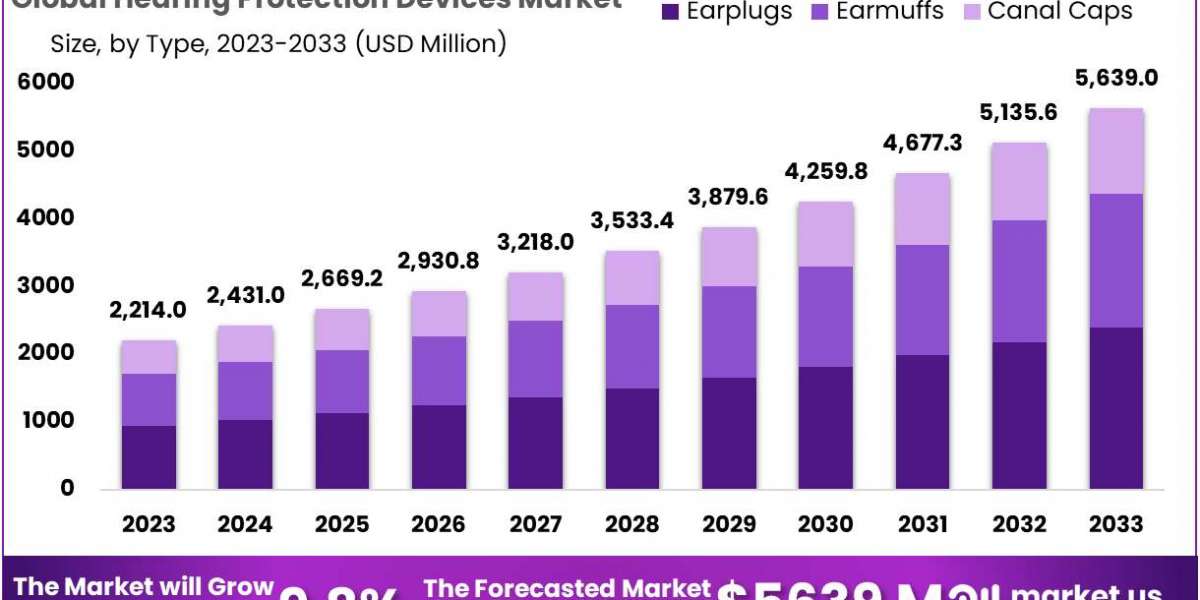When it comes to billboard advertising, the duration for which your ad can run varies based on several factors including the type of billboard, location, and the advertising agency's policies. Here’s a detailed look at how long your ad can stay up on a billboard and what influences this duration.
Types of Billboards and Their Durations
Static Billboards: These are traditional billboards that feature a fixed image or design. Typically, the duration for a static billboard ad can range from a few weeks to several months. The length of time your ad will remain on a static billboard depends largely on the contract you sign with the advertising agency or billboard owner. Generally, advertisers can choose from different timeframes, with longer durations often providing better rates.
Digital Billboards: Digital billboards display rotating advertisements and can change content periodically. Ads on digital billboards can be scheduled for as little as a few seconds to several minutes within an hourly rotation. The duration for which your ad appears depends on the frequency of rotation and the agreement with the advertising provider. Some digital billboards allow for real-time updates, so you can change your ad content as needed.
Posters and Vinyls: These are physical ads attached to billboards, and their duration can vary based on the contract with the billboard provider. Typically, these ads are up for one to three months, but this can be extended based on your needs and availability.
Factors Influencing Ad Duration
Location: Prime locations, such as high-traffic areas or major highways, often have higher demand. Ads in these locations might be booked for shorter durations due to high turnover rates. Conversely, less visible locations might offer longer durations at a lower cost.
Demand and Availability: High-demand areas with frequent advertisers may have shorter available durations for ads. If you’re looking to advertise in a high-traffic area, be prepared for potentially shorter durations or higher costs.
Contract Terms: Your contract with the billboard company or advertising agency will specify the duration of your ad placement. Negotiation terms can affect the length of time your ad stays up. Some contracts offer discounts for longer placements, while others might have minimum or maximum limits.
Seasonality and Events: Certain times of the year or special events might impact the availability and duration of billboard ads. For example, during major holidays or large local events, billboard space might be in higher demand, affecting the length of your ad placement.
Considerations for Long-Term Billboard Advertising
Cost Efficiency: Longer durations can be more cost-effective compared to short-term placements on a per-day basis. If you’re planning a campaign that needs sustained visibility, negotiating a longer-term placement might provide better overall value.
Impact on Brand Awareness: The longer your ad is displayed, the more opportunities people have to see and remember it. Consistent visibility can enhance brand recall and effectiveness of your advertising campaign.
Flexibility: If you need flexibility to adjust your ad content or timing, digital billboards might be a better option. They allow for quick updates and changes, which can be advantageous for time-sensitive promotions.
Maintenance and Updates: For physical posters and vinyls, consider the maintenance and update needs. Ads that are displayed for longer periods might require regular checks to ensure they remain in good condition and effectively convey your message.
Conclusion
The duration for which your ad can run on a billboard depends on the type of billboard, location, and specific terms of your contract. Static billboards offer a set timeframe, typically ranging from weeks to months, while digital billboards provide flexibility with rotating ads and varying durations. Factors such as demand, contract terms, and seasonal events can influence the length of your ad placement. When planning your billboard advertising, consider your campaign goals, budget, and the impact of ad duration on your brand visibility and effectiveness.
What are the design requirements for billboard ads?
Designing an effective billboard ad requires adherence to specific guidelines to ensure visibility, readability, and impact. Here are the key design requirements:
Simplicity: Billboards are typically viewed quickly, so keep the design simple. Limit text to a concise, memorable message—ideally 6 to 10 words. Focus on one main idea or call to action to avoid overwhelming viewers.
Readability: Use large, clear fonts to ensure the message is readable from a distance. The text should contrast sharply with the background. Generally, sans-serif fonts are preferred for their clarity. Aim for a font size that is legible from at least 50-100 feet away.
Visual Impact: Incorporate bold colors and high-contrast imagery to grab attention. A striking image or graphic can make the billboard stand out. Ensure that the visuals support and enhance the message rather than distract from it.
Branding: Include your brand's logo and colors to reinforce brand identity. The logo should be visible but not overpowering, complementing the overall design. Consistent use of brand elements helps build recognition and recall.
Location and Orientation: Design with the billboard’s location and orientation in mind. For example, ads facing traffic should be oriented to the right for better visibility, and consider the angle at which the billboard will be viewed.
Call to Action: Include a clear call to action, whether it’s a website, phone number, or social media handle. Ensure it’s easy to read and remember, as drivers will have only a brief moment to process the information.
Effective billboard design combines simplicity, readability, and strong visual elements to create an impactful and memorable advertisement.
Search
Popular Posts








